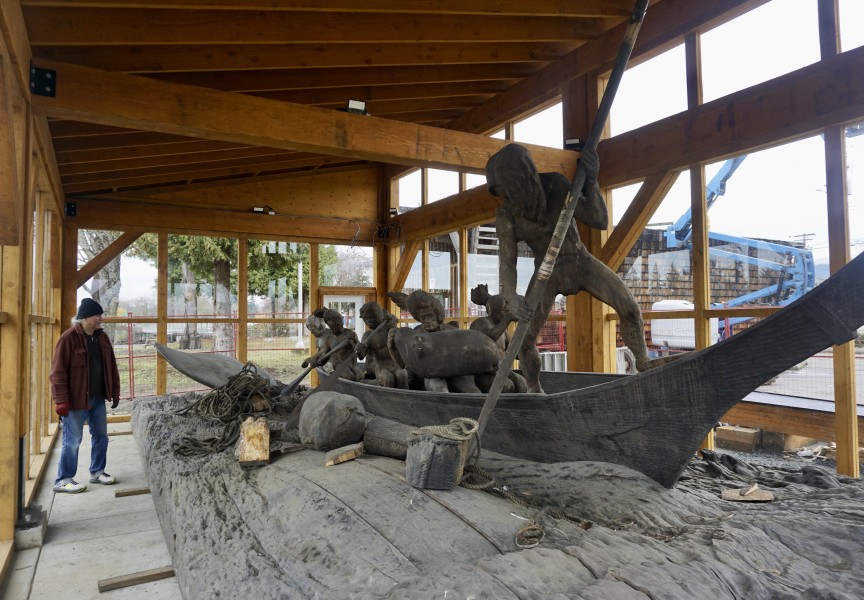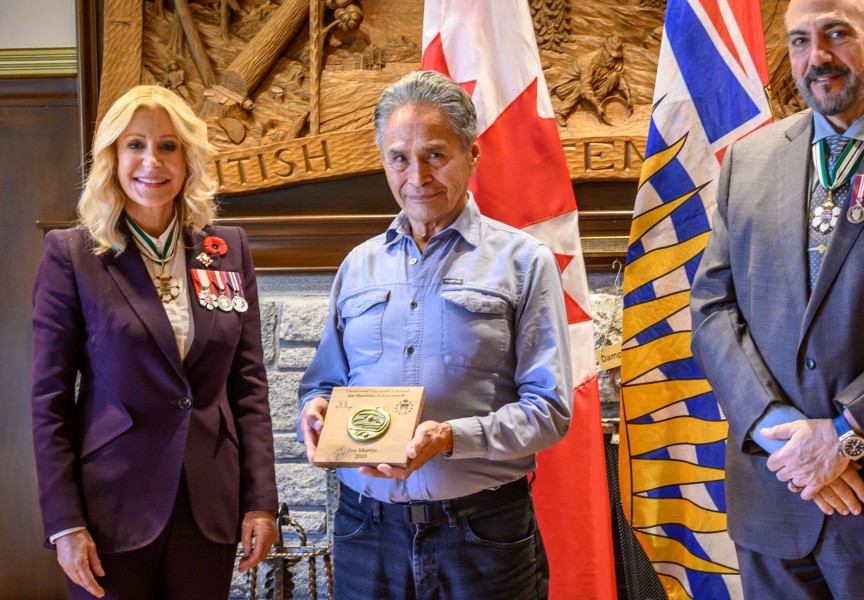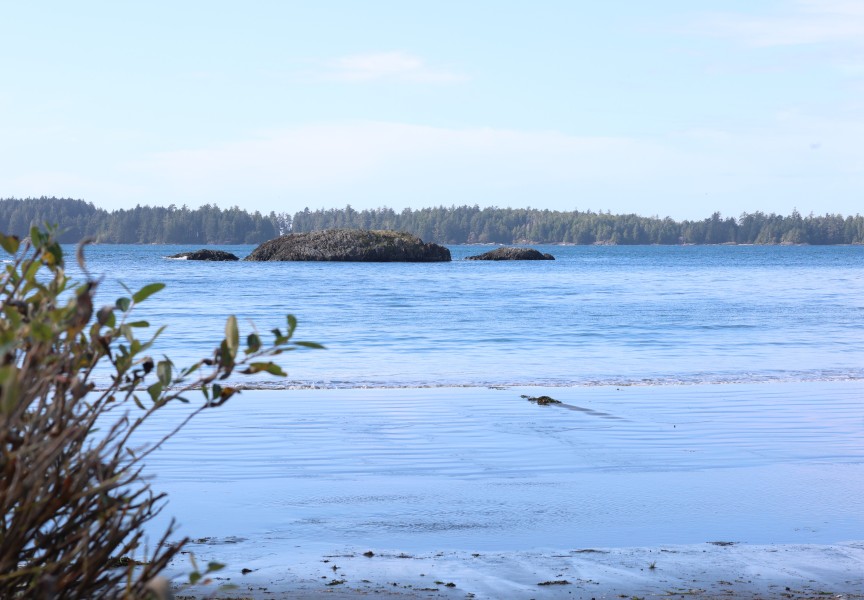The co-curator of a massive upgrade to a world-renowned museum in Manhattan is calling on Nuu-chah-nulth people to take a role in how their culture is presented to the international audience.
With its completion scheduled next year, the American Museum of Natural History is currently revamping its Northwest Coast Hall, a wing of the New York attraction that showcases artifacts from the territory of Nuu-chah-nulth nations and nine other Indigenous groups. The $14.5-million undertaking entails a full-scale renovation to the hall, as well as assessing thousands of artifacts – including many that have not been on display – to determine how the Northwest Coast tribes should be presented to museum visitors.
A major part of the museum’s work is the conservation of its historical pieces, including the 78 totem poles in the collection. But Haa’yuups, Ron Hamilton, who is co-curator of the Northwest Coast Hall upgrade, wants to see more contemporary depictions in the new presentation. He seeks pictures and videos taken in Nuu-chah-nulth communities that would be viewed on interactive computer terminals in the new hall’s Nuu-chah-nulth alcove, thereby presenting “something other than a curator’s view of what is in our communities.”
“I want people to provide photographs that they think say something about themselves - their home,” said the Hupacasath artist and historian. “If it’s a traffic jam in Ahousaht, that might not seem interesting to anybody out there in the world, but if it’s interesting to people from our community I want to see it.”
Quality imagery of babies, boats, mountains, streams, animals, houses, villages and anything else that those in Nuu-chah-nulth territory look out on every day will be considered in order to exhibit an authentic view of the Nuu-chah-nulth world.
This includes “things that matter, things that disturb, things that give comfort and things that frighten,” stressed Hamilton. “Situations that they think need attention.”
Peter Whiteley is the museum’s curator of North American Ethnology who is overseeing the upgrade with Hamilton. When the Nuu-chah-nulth historian’s role was announced by the museum over a year ago, Whiteley spoke of the need to highlight the voices of the Northwest Coast nations.
“I eagerly look forward to partnering with Haa’yuups to achieve that goal as we work to create a modern exhibition hall that can serve as a new exemplar and transcend the boundaries that have too often divided museums and native communities,” he said in a press release issued by the museum. “We want the hall to be a welcoming home for all First Nations/native Americans, where material culture serves as a portal into understanding the complexities and depths of native ideas and art forms.”
Some within Nuu-chah-nulth communities feel that the early years of the Northwest Coast Hall had a role in creating these divisions. A notable example is the Yuquot Whaler’s Shrine, a sacred collection of carvings and human skulls that served as a ritualized purification site for Mowachaht whaling chiefs near their village at the southern tip of Nootka Island. Over a century ago the shrine was taken for the AMNH collection under the direction of Franz Boas, one of the Northwest Coast Hall’s founders who the museum has called the “father of American anthropology”. According to documented accounts from the time a purchase was arranged with two Mowachaht elders – but on the condition that the shrine was taken when most of the village was away during whaling season. For generations many within the Mowachaht/Muchalaht First Nation have seen this as theft, and repatriation discussions with the museum are in progress.
As the Northwest Coast Hall prepares for how it will present First Nations to a 21st century audience, Hamilton is pushing for a more democratic approach that includes the perspectives of Nuu-chah-nulth aht.
“We don’t need people staring at us anymore – and that’s been the business of anthropology forever,” he said. “It’s time for people to portray themselves, to take some responsibility for portraying themselves.”
Photos and video can be supplied to Ron Hamilton for consideration. He can be reached at 250-724-9667, yaawilthma@yahoo.ca, or by mail at 8080 Klekhoot Cres., Port Alberni, V9Y 8Y8.







